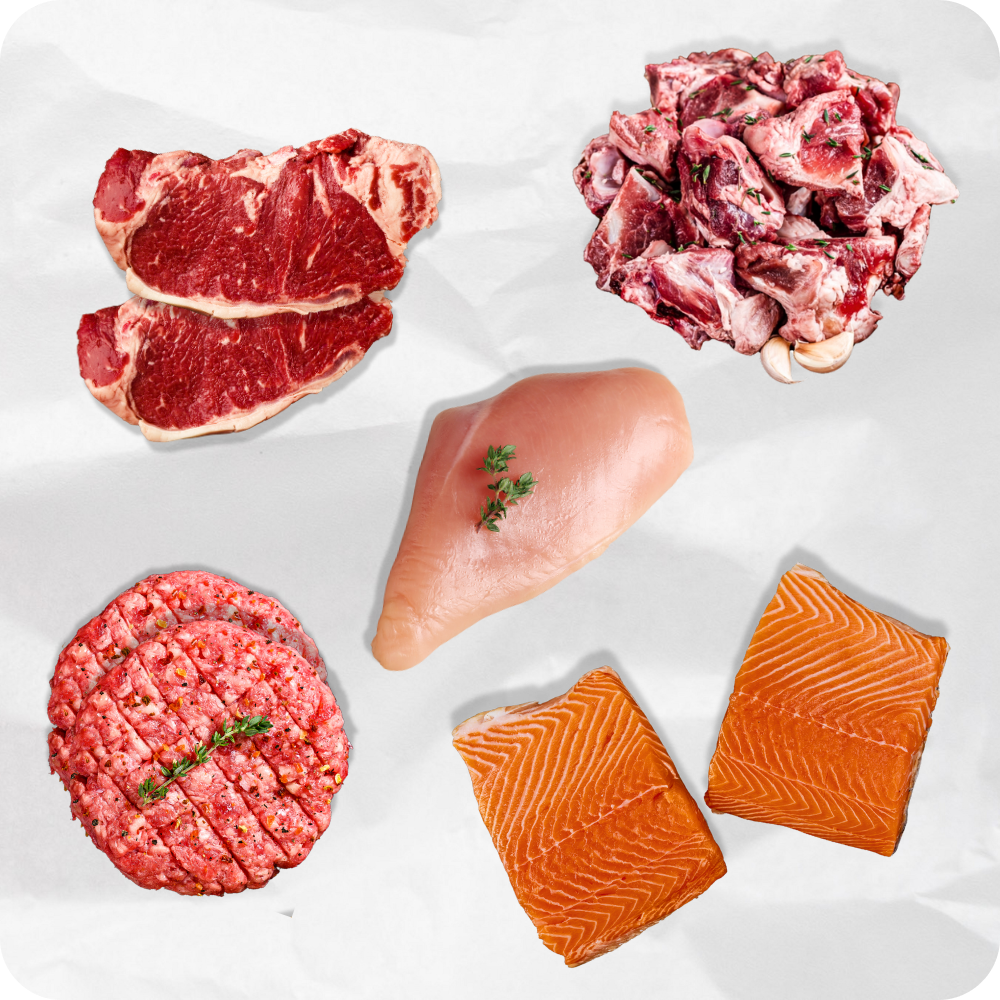 Hummus is a paste made from chickpeas. And it belongs to the traditional cuisine of many Middle Eastern countries. It is a typical food in Lebanon, Turkey, and Egypt. The word "Hummus" comes from the Arabic word "alhums" which means chickpea.
Hummus is a paste made from chickpeas. And it belongs to the traditional cuisine of many Middle Eastern countries. It is a typical food in Lebanon, Turkey, and Egypt. The word "Hummus" comes from the Arabic word "alhums" which means chickpea.
The origin of hummus is very ancient. most historians affirm that already in ancient Egypt a chickpea paste was eaten very like the hummus that we know today. The current recipe is a thick chickpea puree, mixed with garlic, cumin, lemon, and sesame paste or tahini. The preparation of hummus is very simple, but you must have good chickpeas.
What chickpeas should I use?
The chickpeas to make the hummus must be well cooked, soft, and preferably without skin. Then there are two options, use a couple of cans of cooked chickpeas or cook them yourself at home.
We at Boxed Halal prefer to use fresh chickpeas and cook them, although this process is more laborious. With homemade chickpeas, the flavor is much more delicate and fresh. You have the added advantage of not consuming the chemicals and preservatives that canned chickpeas contain.
To cook chickpeas at home, you must soak them the night before preparing the hummus. Rinse the chickpeas under running water, and place them in a container covered with water, with a teaspoon of baking soda. Let them soak overnight. The longer the chickpeas soak before cooking, the less time they take to cook.
In the morning, drain the excess water. Rinse them under running water and place them back in the bowl with plenty of warm water. Dip your hands in the warm water and start peeling the chickpeas, the shell will come out easily and float on the surface of the water.
Continue this procedure until most of the chickpeas are peeled. Then you should cook the chickpeas for approximately three hours over medium heat.
The most important thing is that they are soft. It doesn't matter if some fall apart because you will eventually puree them. If you're using canned chickpeas, you just need to uncover the can and rinse.
 How to make a good Hummus?
How to make a good Hummus?
The main thing is to have tender chickpeas and a powerful blender because the hummus is so dense. When the chickpeas are tender you should place them in the blender glass, along with the olive oil, the lemon, and the garlic. You must beat this mixture until you get the desired texture.
This process requires patience. Then you need to cover the blender, process for a minute. Stop the motor and uncover the blender glass. With a spoon, remove the grains that are adhering to the glass, and liquefy again. When I make hummus I can repeat that process up to twenty times.
The important thing is to get hummus with a nice consistency. This will depend a lot on the humidity of the chickpeas. An more trick is to save some of the liquid from the cooking of the chickpeas and add it if necessary. Another important point is the amount of lemon, cumin, garlic, and oil that the hummus requires. The wonderful thing about this recipe is that you can taste and adjust the flavors as you prepare it. Naturally, you may like the acid taste better, or the taste of garlic, for example. Then you can add them to your liking. You just have to be careful to add them little by little and try until you get your ideal recipe.
If you want a light version, you can replace the oil with lemon juice and cooking water. The hummus will be softer and lower in calories.
In our recipe, no flavor predominates over another. But this is a matter of taste.
In our recipe, we add the sweet paprika and a little extra virgin olive oil on top, it gives a very rich flavor to the hummus. We also leave some grains of tender chickpea on top and a little finely chopped coriander.
This recipe is ideally accompanied by pita or
naan bread and vegetables cut into sticks. I usually use carrots, celery, paprika, or the firm vegetables that I have in the fridge that can be used to accompany this delicious spread.

 Hummus is a paste made from chickpeas. And it belongs to the traditional cuisine of many Middle Eastern countries. It is a typical food in Lebanon, Turkey, and Egypt. The word "Hummus" comes from the Arabic word "alhums" which means chickpea.
Hummus is a paste made from chickpeas. And it belongs to the traditional cuisine of many Middle Eastern countries. It is a typical food in Lebanon, Turkey, and Egypt. The word "Hummus" comes from the Arabic word "alhums" which means chickpea.  How to make a good Hummus?
How to make a good Hummus? 


